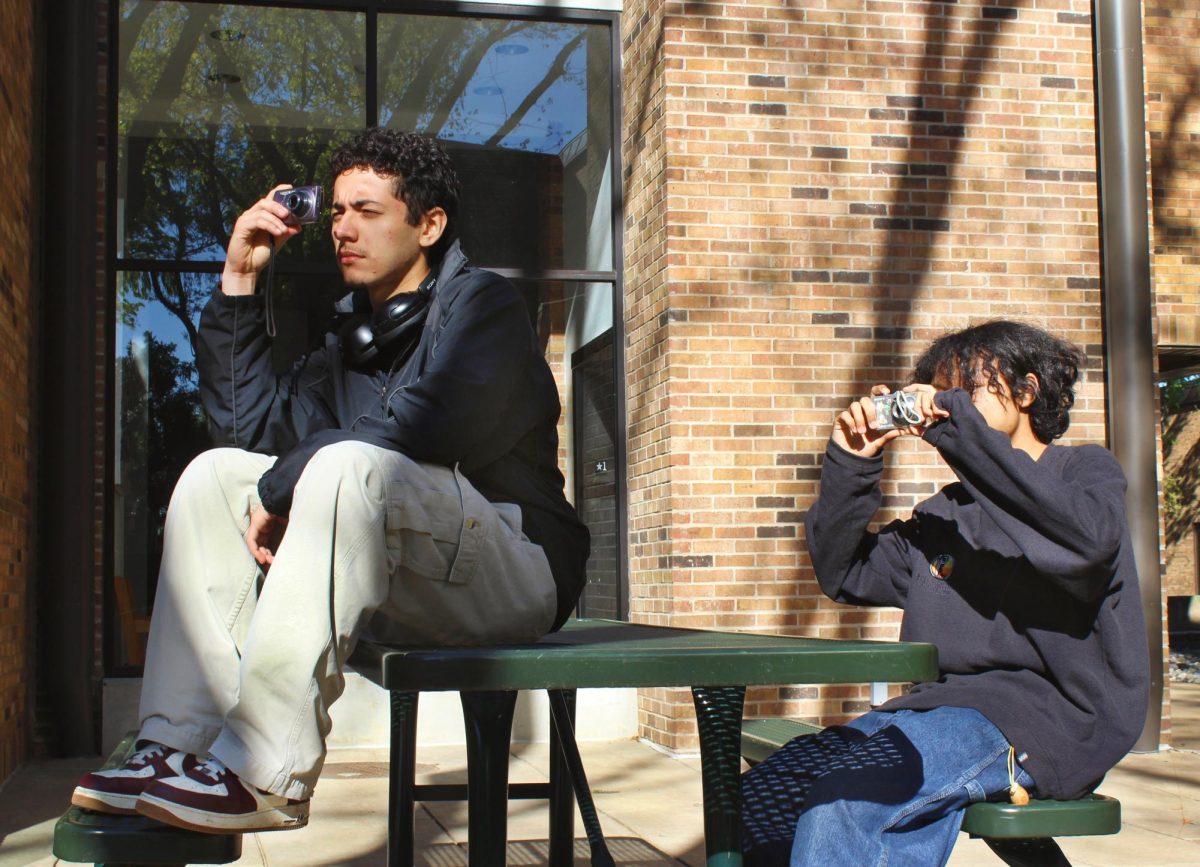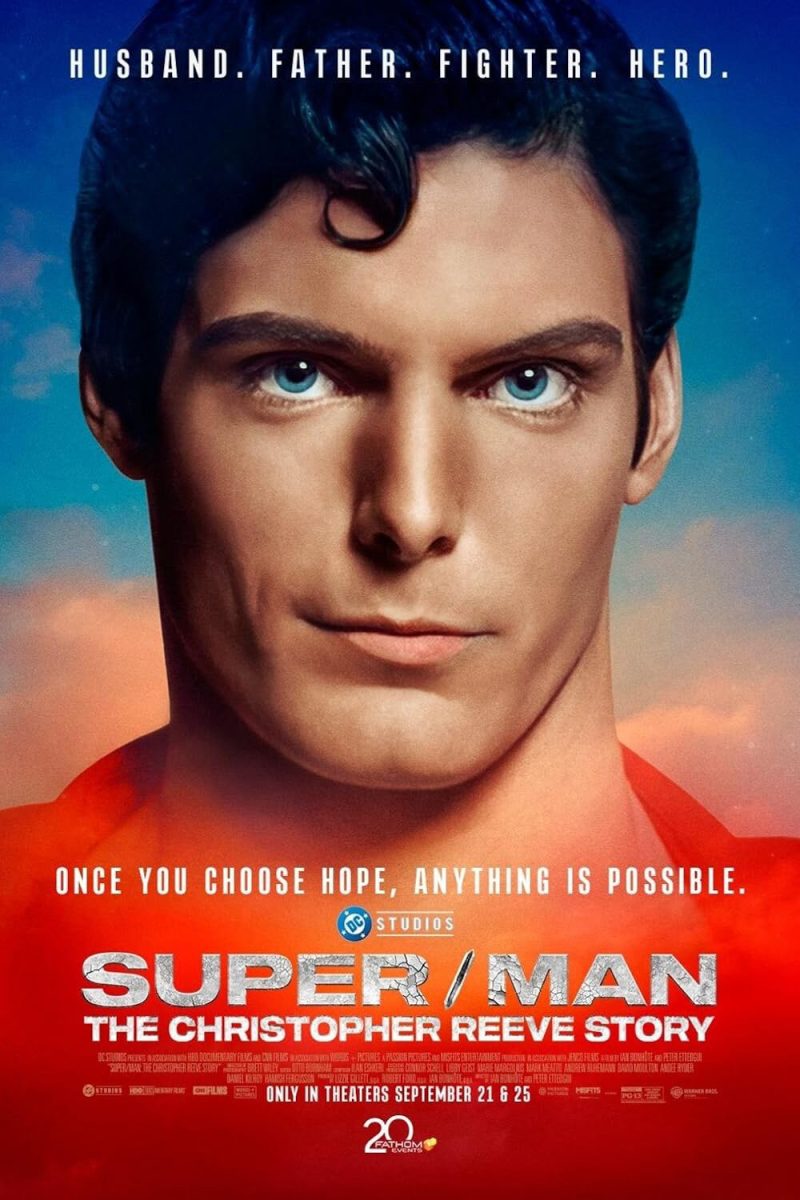The camera clicks and follows with a flash as students Caleb Ruiz and Marcel Lockett walk around Dallas College Brookhaven Campus with their point and shoot cameras, capturing their environments on their tiny screens.
According to various articles, such as ones from The New York Times and TechRadar, compact digital cameras – primarily used in the early 2000s – have seen a resurgence in popularity recently, with over 8,000% more internet searches than usual.
Ruiz, using a Kodak EasyShare M550 that his parents have owned for over 10 years, and Lockett, using his younger sister’s Sony Cybershot DSC-W55, are two of the many people who have jumped onto the point and shoot camera trend.
“It’s nostalgic taking photos with this kind of camera for me,” Ruiz said. “When I first got it, I saw pictures that my family took when I was little, and I just want to capture that kind of feeling when taking pictures nowadays.”
While more modern and newer cameras provide consumers with higher quality images and resolution, such as the popular Canon DSLRs, it is also the primary reason why buyers are looking toward older media for photography.
Todd Puckett, owner of Don’s Photo Equipment, described the uptick in interest in point and shoot cameras to be attributed to the image quality, providing a more pleasant look to the human eye.
“A [modern day] digital picture has everything sharpened up in all corners,” Puckett said. “The human eye is not used to everything being sharp, it kind of looks fake. But point and shoot has a more natural texture to it with the slightly out of focus parts of the picture.”
Though point and shoot cameras are only roughly 20 years old, the photography industry has evolved plenty since, with newer cameras providing more features and settings for a consumer to mess with in order to find something that works for capturing their desired image.
However, with modern cameras comes a higher price point, often making it difficult to pursue casual interests in photography at a reasonable price.
Though there are some outliers, point and shoot cameras tend to be more attainable to those interested in a cheaper camera that won’t overcomplicate the hobby for them.
“I just take photos as a side hobby – if I go out, I’ll take pictures for memories or just because I think something looks cool,” Lockett said. “Maybe if this one breaks, I’ll get another one just to be able to take pictures, but I’ll never get that serious into photography, like getting an expensive camera. My camera was maybe 40 bucks. So if someone wants to get into the hobby for cheap, these kinds of cameras are quite inexpensive based on what you do – and I feel like the pictures they provide add a different kind of depth than current modern day pictures.”
While trends tend to come and go, Puckett said one way or another, he believes point and shoot cameras are here to stay. Not only are the same old compact digital cameras resurfacing, but camera companies and brands are already putting out “new and improved” versions of their old cameras and bringing back other forms of older media, such as analog and film cameras.
“Not only is the interest in point and shoots strong, the interest in film is strong – because of the popularity of these cameras, the demand for film has drastically increased,” Puckett said. “Companies are making new films, as in not bringing back an old film but creating a new film from scratch. Everything is on an upswing, even in the Dallas Fort Worth area, there is an increase in photo labs as well. Whenever I first started doing photography, selling and pushing film was my main thing. In 2016, there were three labs in the depth of the area, but today, there are 10 places where you can drop off film or mail it to the DFW area. We’ve gone from three to 10. Everything associated with this industry is on the increase at all levels.”







